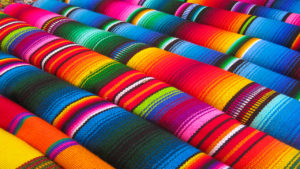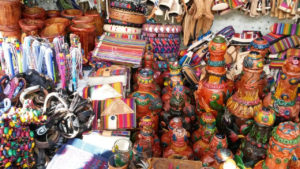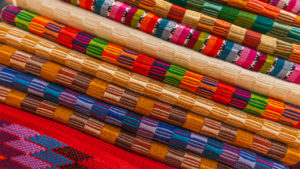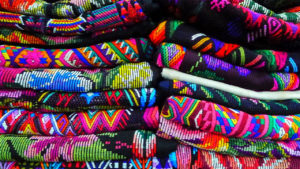The Word Huipil
The word derives from huipilli, which means “my covering” in Nahuatl language was introduced into Guatemala by the indigenous peoples of central Mexico who traded extensively throughout Mesoamerica for centuries before the conquest, and the settled in Guatemala with the Spanish.
Is the most common traditional garment worn by indigenous women from Central America.
The huipil was a garment common to the various ethnic groups populating Mesoamerica in pre- hispanic times. It is easy to imagine the word huipil spreading quickly to the twenty different Maya languages of the time in order to facilitate communication and trade.
It is a loose-fitting tunic, generally made from two or three rectangular pieces of fabric which are then joined together with stitching, ribbons or fabric strips, with an opening for the head and, if the sides are sewn, openings for the arms. Traditional huipils, especially ceremonial ones, are usually made with fabric woven on a backstrap loom and are heavily decorated with designs woven into the fabric, embroidery, ribbons, lace and more. However, some huipils are also made from commercial fabric.
Lengths of the huipil can vary from a short blouse-like garment or long enough to reach the floor. The style of traditional huipils generally indicates the ethnicity and community of the wearer as each have their own methods of creating the fabric and decorations. Some huipils have intricate and meaningful designs. Ceremonial huipils are the most elaborate and are reserved for weddings, burials, women of high rank and even to dress the statues of saints
Huipiles are elaborately embroidered top that can take months to make and cost thousand of Quetzales. Huipiles are considered very valuable and are often one of the most expensive items a Mayan family own. Their construction means they can last for years, although some women will have few different huipiles for different occasions.
 Previous Post
Previous Post Next Post
Next Post


